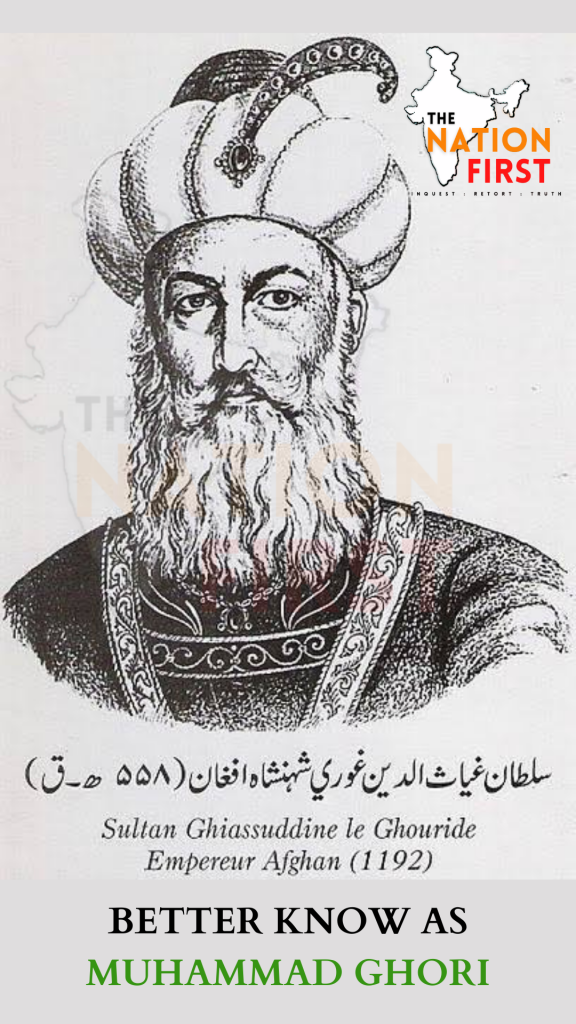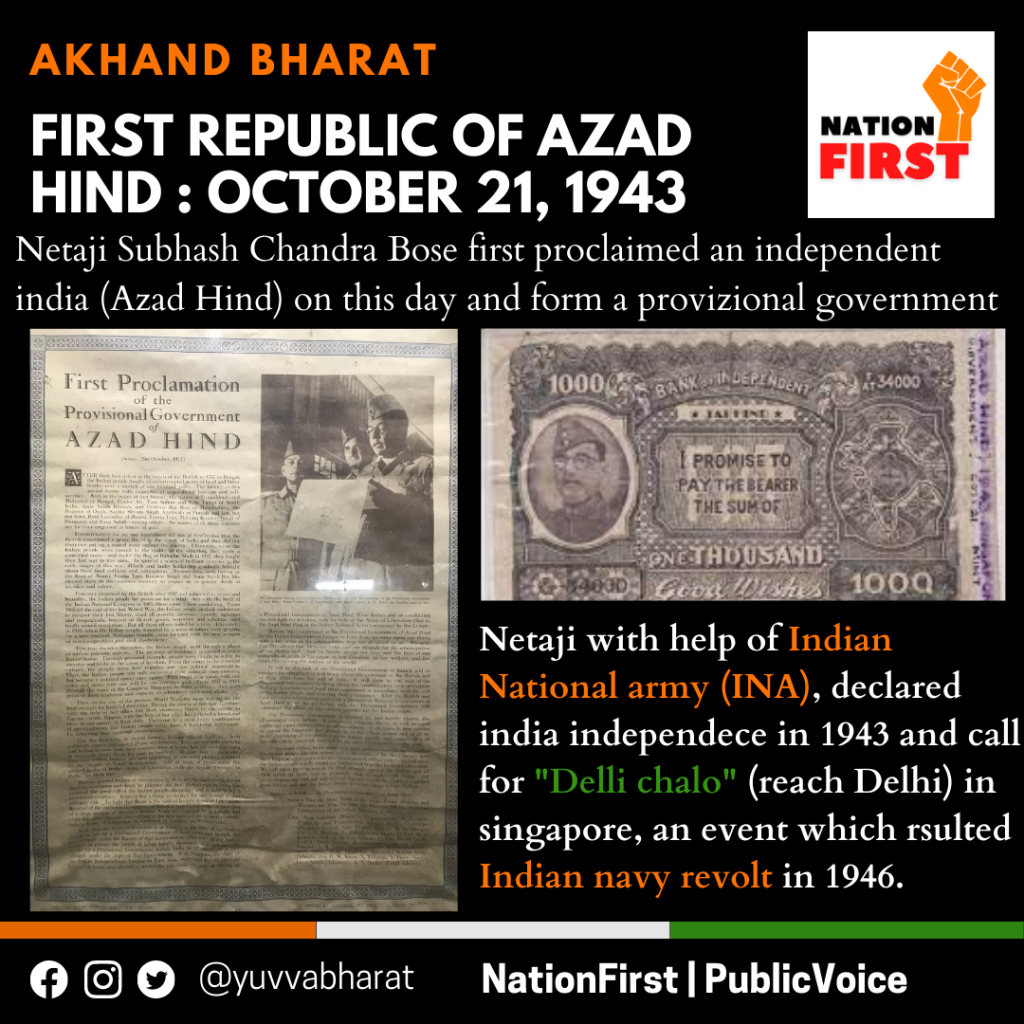Read this Article about Rani Naikidevi before knowing about Muhammad Ghori
Naikidevi -The Warrior Queen of Goa
In 1175 CE, Mu’izz ud-Din (Muhammad Ghori)led his first expedition into Bharat and captured Multan from the Qarmatian ‘heretics’ and Uch from a Hindu prince. Thus he obtained two good bases in Bharat and could now turn towards Lahore as he wanted to do so. But it does not seem that at this date Mu’izz ud-Din (Muhammad Ghori)was aiming to capture the Bharatiya capital of the Yaminis. The shortest route that leads from Ghazni to Lahore is through the Khyber Pass, so that if Mu’izz ud-Din (Muhammad Ghori)had wanted to capture Lahore he would have naturally occupied Peshawar first, and then marched on Lahore as he did later. Instead he entered through the Gomal Pass and after taking Multan and Uch turned sharply south towards southern Rajputana and Gujarat. Had this invasion been successful the whole of southern Rajputana and Gujarat would have been fallen to the Muslims, and Mu’izz ud-Din (Muhammad Ghori)could, after establishing secure bases in these regions and securing his line of communications with Ghazni, attack either Ghaznavids or the Chahamanas of Sakambhari.

Minhaj states that in the year 1178 CE Mu’izz ud-Din (Muhammad Ghori) “marched an army towards Nahrwala by way of Uchchha and Multan. The Rae of Nahrwala… was young in years, but had numerous forces and many elephants, and when the battle took place, the army of Islam was defeated and put to rout and the Sultan-i-Ghazi (Mu’izz ud-Din) returned again without accomplishing his designs.” Nizam ud-Din states that “in the year 1178 CE he (Mu’izz ud-Din) again came to Uch and Multan, and thence marched towards Gujarat through the desert… the ruler of the country gave him battle, and after a severe struggle the Sultan was defeated, and after much trouble, he returned to Ghazni and rested there for a short time.” Badauni states: “Then in the year 1178 CE proceeding by the way of Multan he (Mu’izz ud-Din) brought an army against Gujarat and suffered defeats at the hands of… the ruler of that country, and with great difficulty reached Ghaznin and obtained relief. According to Ferishta, “in the year 1178 CE he (Mu’izz ud-Din) again marched to Oocha and Multan and from thence continued his route through the sandy desert to Guzerat. The prince (a lineal descendant from Brahma Dew of Guzerat, who opposed Mahmodd Ghiznevy), advanced with an army to resist the Mahomedans and defeated them with great slaughter. They suffered many hardships in their retreat before they reached Ghizny.” This defeat the Muslims were to remember for a long time.
In his march against Gujarat from Multan, Mu’izz ud-Din probably captured Naddula. The Sundha Hill inscription states that the Naddula Chahamana Kelhana “after destroying the Turushkas erected a goldan Torana, like diadem for the abode of the holy Somesa.” Kalhana’s brother Kirtipala is also said, in the same inscription, to have routed an army of Turushkas at Kasahrada. It is very often the case that the feudatories take the credit of winning a battle in which they fought under their overlord; it seems that Kelhana and Kirtipala too had really helped their soverign, Mularaja, and as Mu’izz-ud-Din probably occupied Naddula, they were compelled to help him out of self interest. The place Kasahrada has been identified with the village Kayadram which is at the foot of Mount Abu and is probably the same as Merutunga’s Gadararaghatta. The place was very well chosen by Gujarat’s generals, for, when during the next reign the Hindus and Muslims met again at the same place, the latter remembering their previous defeat did not dare to attack the Hindus.
Death of Mularaja
Soon after the battle with Mu’izz ud-Din (Muhammad Ghori), Mularaja died, for the earliest known inscription of Bhima-II is dated V.S. 1235 (1178 CE). All the chroniclers of Gujarat have proudly mentioned this ‘gallant boy’, as though they were bearing a testimony to the valiance of Queen Naikidevi, with affection, and Somesvara laments that the Creator swiftly uprooted the shoot of the tree of paradise that was Mularaja.
After The War
His defeat by Naikidevi in 1178 CE compelled Mu’izz ud-Din (Muhammad Ghori)to change his plans entirely. The next year he entered Bharat through the Khyber Pass, captured Peshawar, and later occupied Lahore by a stratagem. Ultimately he had to face the Chahamanas in a frontal attack. Whatever effect this might have had on the history of northern Bharat, Mu’izz ud-Din never again in his life attacked Gujarat, and the next Muslim invasion of that Kingdom happened only in 1297 CE under Allauddin Khilji.


